Effective January 4th, Hawaii no longer requires tourists to complete a health questionnaire prior to boarding their flight to the islands. Previously the state required the questionnaire be submitted before issuing a QR code that could reduce processing time upon arrival. With the revised requirements, travelers are issued a QR code once their trip information is submitted to the Safe Travels website. The QR code is sent to the traveler again, via email one day prior to their flight departure.
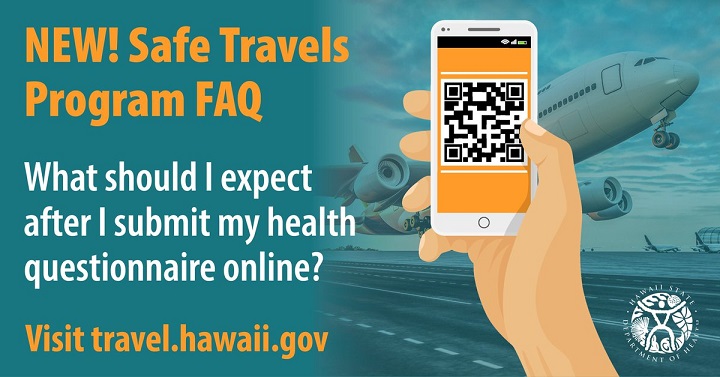
Hawaii also revised their quarantine requirements for travelers who are unvaccinated and do not test Negative for COVID. The mandatory quarantine period was reduced from ten days to five days. This pretty much follows suit what the CDC did a few days earlier. Visitors who are fully vaccinated or have tested negative for COVID do not have to quarantine or isolate upon arrival.
Although the State has relaxed entry requirements, some of the individual islands are implementing certain stricter measures. On January 5th, Oahu’s Mayor reduced the number of people allowed at indoor events, down to ten people. On Maui, proof of full vaccination or a recent negative COVID test is required to get into restaurants and bars. The difference from this latest rule vs prior ones, is that fully vaccinated means a person must also have had their Booster shot. I anticipate that a similar rule will be initiated on Oahu before long.
As always, for the latest and most accurate information regarding travel to Hawaii and their Safe Travels program check out their website. Additional information is available at:
https://hawaiicovid19.com/travel/faqs/
This link will take you the State’s FAQ page for the Safe Travels Hawaii website.
Last week, the Federal Government announced that it will loosen restrictions on international travel effective November 8. The State of Hawaii has said it will follow the same guidelines as the federal government for international passengers who are traveling direct to Hawaii.
Beginning on November 8, non-US citizens traveling directly to Hawaii from an international destination must present BOTH vaccination records showing they are FULLY vaccinated AND a negative COVID-19 test result (NAAT or antigen) within three days of boarding a flight to the United States. US Citizens flying directly into Hawaii from an international destination have two options.
Hawaii’s Safe Travel program remains in effect for domestic travelers coming into Hawaii from other states. Currently, the Safe Travels Program requirements for domestic travelers include:
Any international travelers who may be entering Hawaii from another US state or territory will be treated as domestic travelers and will need to adhere to the rules and guidelines of the Safe Travels Program.
As always, we recommend you visit and consult the State of Hawaii Safe Travels website for any questions you may have and to obtain any forms you may need to complete. You’ll find a link below to the Safe Travels website.
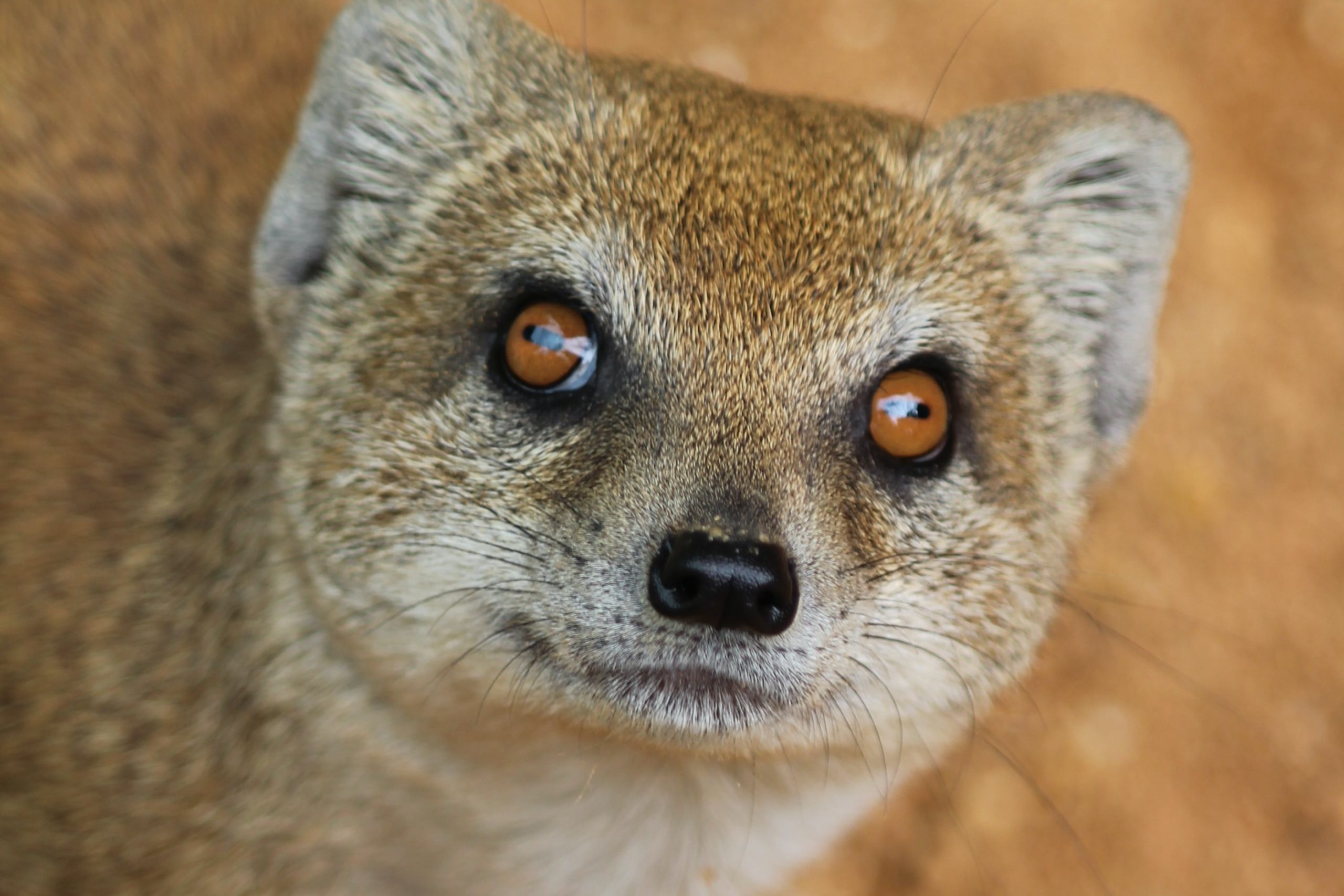 What is that animal with the long brown body, long tail, short legs, pointy ears, and beady eyes you saw scurrying into or out of the bushes? Was it a squirrel? A muskrat, or maybe a ferret? More than likely, it was a mongoose in Hawaii. Mongooses (not mongeese) are native to Africa, Asia and some parts of Europe. However, the only place you will find them in the United States is in Hawaii.
What is that animal with the long brown body, long tail, short legs, pointy ears, and beady eyes you saw scurrying into or out of the bushes? Was it a squirrel? A muskrat, or maybe a ferret? More than likely, it was a mongoose in Hawaii. Mongooses (not mongeese) are native to Africa, Asia and some parts of Europe. However, the only place you will find them in the United States is in Hawaii.
Although not native to Hawaii, mongooses are well established on Hawai’i Island (aka; The Big Island), Oahu, Maui, and Molokai. In recent years, there have even been a few found either dead or captured alive on Kauai.
How the mongoose got here is an interesting story. In the 1800s up into the mid-1900s, Hawaii’s most valuable commodity was not pristine beaches and beautiful scenery. That commodity was sugar cane. One of the major problems Hawaii sugar plantations battled during this era was rats chewing on sugarcane stalks for their sweet taste. This infestation destroyed significant amounts of this most valued of crops.
In 1872, Big Island sugar planters uncovered an article on Caribbean sugar growers’ success in controlling their rat problem. Sugar planters there had introduced the mongoose from India into their fields. This supposedly was successful in significantly reducing the sugar cane damage caused by rats. Initially, 72 mongoose from Jamaica were brought in and were raised. Their offspring were shipped to plantations on other islands, first Maui, then Molokai, and finally Oahu.
However, none were introduced on the island of Kauai.
Not everyone on Big Island was in favor of bringing in the mongooses. They felt there should be more research on how mongooses were faring in the war on rats in the Caribbean. And that the research should be completed prior to bringing the animals. Unfortunately, those warnings went unheeded.
So the mongooses were brought to Hawaii and released into the fields to kill the rats. However, there was one small problem. Rats are nocturnal animals, meaning they’re only awake at night. Mongooses are only awake during the day. So the two never came in contact with each other.
Instead of ridding the cane fields of rats, the mongoose began destroying some of Hawaii’s most native species and fauna. Many bird populations and turtle eggs declined as the mongoose would feed on unprotected nests. It continued to get worse when the mongoose started reproducing and needing food for their young ones. Special fencing was put up just to keep them out of nature sanctuaries and reserves.
Mongoose in Hawaii are not a cute and cuddly animal. If you see them they will most likely run and hide in the bushes. However, they can be very vicious if cornered so it is best to give them plenty of space. If they feel they’re in danger, they may very well become aggressive and will leave a nasty bite.
The next time you see one of these little critters scurrying through the bushes or jumping out of a public trash can, you’ll know what they are and how they got here.
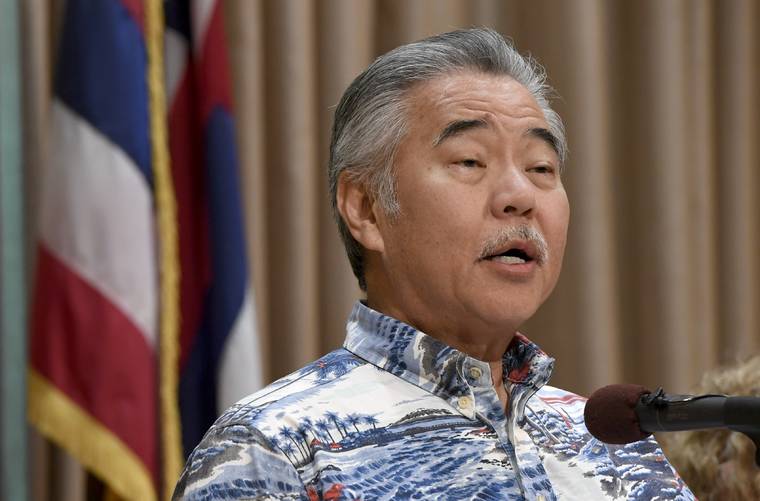 At a press conference on August 23, Governor David Ige asked visitors to stay away from Hawaii until the end of October. This press conference, combined with articles in the local press seems to have confused many people. Since that news conference many people have canceled their travel plans to the State. Ige acknowledged that “most” new cases of the virus are the result of residents traveling off-island and coming back home to spread COVID-19 in the community. He then went on to say, “I’m asking all residents and visitors alike to restrict travel, curtail travel, to Hawaii to essential activities only”.
At a press conference on August 23, Governor David Ige asked visitors to stay away from Hawaii until the end of October. This press conference, combined with articles in the local press seems to have confused many people. Since that news conference many people have canceled their travel plans to the State. Ige acknowledged that “most” new cases of the virus are the result of residents traveling off-island and coming back home to spread COVID-19 in the community. He then went on to say, “I’m asking all residents and visitors alike to restrict travel, curtail travel, to Hawaii to essential activities only”.
In a follow-up press conference, on Monday September 13, the Governor announced that there are no plans for another full-scale shutdown in Hawaii, despite an ongoing surge of COVID-19 cases in the islands. Governor Ige stated that if he does enact additional restrictions, they will likely be in the form of curfews or further restrictions on the size of social gatherings.
At this time, hospitalizations of COVID-19 patients have remained stable and there are signs that the rapid rise in cases of the virus is abating. The seven-day average of new cases had dropped 37% from where they were two weeks prior, according to the state’s data and the number of tests coming back positive declined to 6.9% in the same time period.
As of September 13, There were 165,680 eligible Hawaii residents out of a total population of 1.42 million who had not initiated the vaccination process, according to state data. Children under age 12 still aren’t eligible for the vaccine. There are 76.6% of the eligible population in Hawaii now fully vaccinated, while 86.4% of the eligible population has received at least one shot. By comparison, 63% of the eligible U.S. population is fully vaccinated, while 74% has received at least one shot, according to data from the Centers for Disease Control and Prevention.
Ige’s comments reflect a significant shift in public policy relating to the coronavirus. While prior to the vaccine, the focus was on controlling cases, now the emphasis is on ensuring adequate health care resources. In addition to the widespread availability of free vaccines, Ige noted that the treatment for COVID-19 has improved. While the state has ample hospital beds, staffing has been a major constraint, prompting the state to bring in an extra 600 nurses and other health care professionals to assist with COVID- 19 patients.
Effective February 25, the County of Honolulu (Oahu) moved to Tier 3 of their COVID-19 Reopening Plan. This is one step closer to the most relaxed step, Tier 4. Tier 3, as you can guess allows more activities and operations. A breakdown of some of the changes in Tier 3 are:
One thing that I thought was to be included in Tier 3 but is not, is the reopening of bars and nightclubs. It seems this does not happen until Tier 4.
Rick Blangiardi, the new Mayor of Honolulu pointed out that advancing to Tier 3 “does not mean we can let our guard down”. The wearing of masks in public, social distancing and staying home when feeling sick are all still very important. Should the number of new cases and the positivity rate increase, we could potentially move back down to Tier 2.
Below is an Infographic from the County detailing Tier 3
LIVE Tier 3 Honolulu Reopening Strategy – For more info go to oneoahu.org by Honolulu DEM
 We recently received a notice from the Hawaii Visitors and Convention Bureau alerting us to the existence of unofficial websites that make people think they are affiliated with the State of Hawaii.
We recently received a notice from the Hawaii Visitors and Convention Bureau alerting us to the existence of unofficial websites that make people think they are affiliated with the State of Hawaii.
According to the State; Numerous travelers have reported using an unofficial Safe Travels websites thinking that it was affiliated with the State of Hawaii’s Safe Travels Program. The State has issued the following alert: Traveler ALERT. The State of Hawaii DOES NOT charge fees to apply for the Safe Travels program, or to create a Safe Travels account, or to access the Safe Travels application, or for Safe Travels information. The OFFICIAL STATE OF HAWAII websites for the State of Hawaii’s Safe Travels Program are https://hawaiicovid19.com/
Thinking of a warm weather getaway? A place with beaches, sand and sunshine? Perhaps you’re thinking of the Caribbean, Mexico or the South of France. Well, a new CDC rule related to COVID-19 may have you re-thinking your plans.
Under this new CDC rule that becomes effective January 26, all international air passengers (two years and older) arriving into the US will be required to get a viral test for COVID-19 within three days prior to their flight departure to the US. If you live in the US, you might think “OK what’s that got to do with me”? Well, this rule applies to US residents as well as others. The rule states that passengers must provide the airline written documentation of their negative laboratory test results or documentation of recovery from COVID-19. If a passenger is unable or unwilling to provide the required documentation, the airline must deny boarding to the passenger.
Whoa, suddenly this makes things seem much more serious and complicated. Imagine flying to say, Mexico as an example, for a week of rest and relaxation at a nice beachfront hotel enjoying the warmth and sunshine. Then suddenly having to scramble to find a place to get a test and the accompanying paperwork before you can get on a plane to go home. This then begs the question, what happens if just one person in your party is unable to get the test and paperwork? Do you leave them behind or does the whole party stay?
What’s a person to do? You NEED to get away, you WANT a vacation to a warm place with beautiful beaches, warmth and sunshine. We at Ola Properties have the solution for you! Pack your bags and head to Ko Olina on the beautiful, sun filled Leeward Coast of Oahu! Ko Olina has some of the most beautiful beaches on the planet and the famous lagoons here are perfect for swimming, snorkeling and just relaxing.
Admittedly, if you’re coming to Ko Olina you will want to get a negative COVID-19 test prior to arrival in Hawaii so that you can avoid the state’s 10 day quarantine. Find the latest Hawaii travel and entry requirements by visiting https://hawaiicovid19.com/travel/
Personally, I would much rather get the COVID-19 testing out of the way before I go on vacation rather than dealing with it while there. I could imagine myself waking up on day five of a seven day vacation, suddenly remembering that the family needed tests and spending the remainder of our vacation scrambling to find a testing site in unfamiliar territory and hoping to get tested in time to get on a plane back home: with the entire family!
Why create additional stress for yourself by traveling outside the country? Hop on a plane and come to Ko Olina instead. We have weekly rentals at the Beach Villas at Ko Olina or if you are able to work and school remotely, consider one of our longer term rentals and stay for a month or more. Maybe you can ride out the worst of the pandemic here on Oahu where our infection numbers are much lower than most of the Mainland. Give us a call at (808) 726-2878 Ext 1, or you can book directly from our website if you prefer.
Way back in July, 2018 (doesn’t sound like it was so long ago but it sure does feel like it was a LONG time ago) the Governor of Hawaii signed into law SB 2571, Act 104. This sunscreen law prohibits the sale, offer of sale, and/or distribution of sunscreens containing Oxybenzone as well as Octinoxate and it became effective January 1, 2021. In 2018, after the law was signed, I read about it, attended a meeting about it and I think I even wrote a blog or email about it. Then I promptly told myself “2021 is a long way away, so no need to worry about it now”.
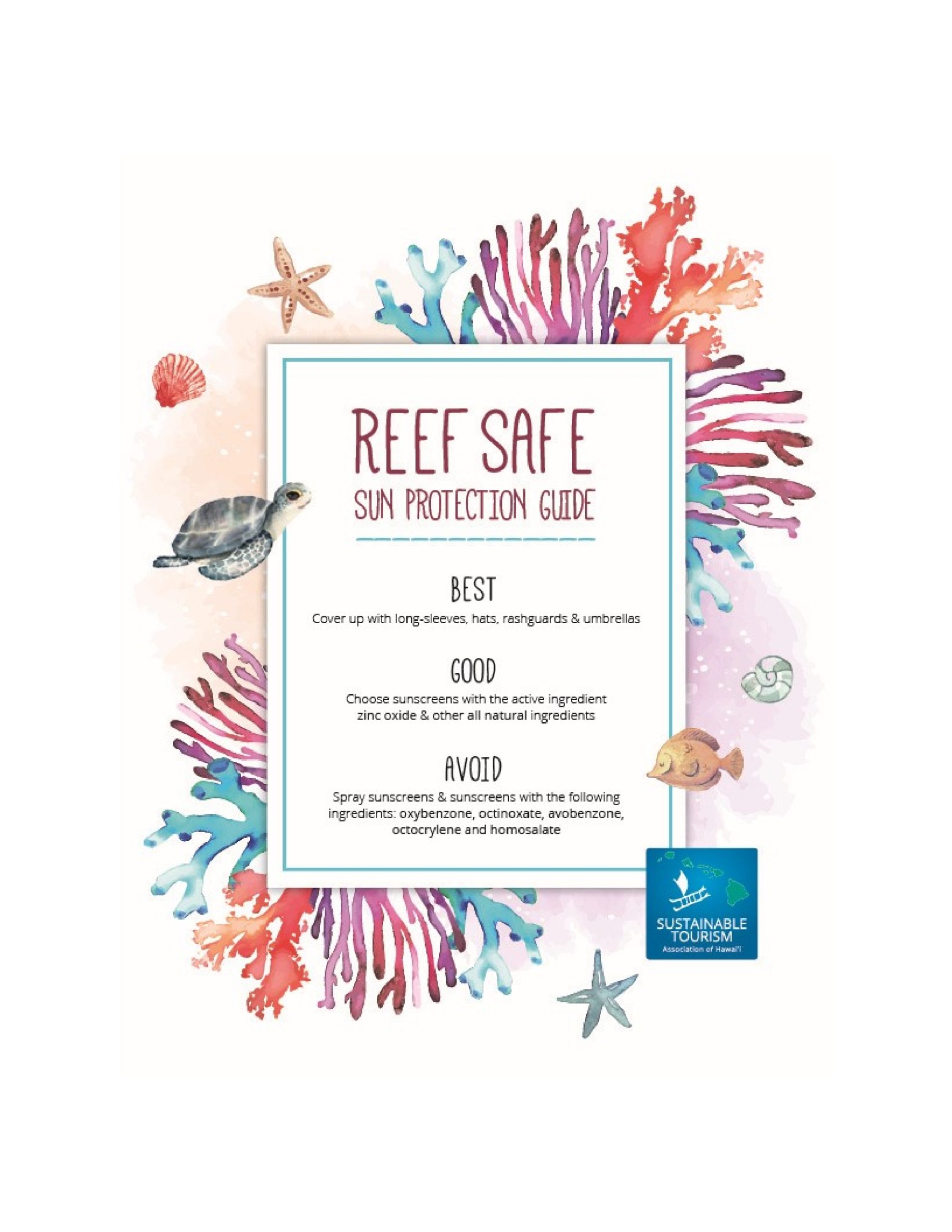
Now, here we are in January 2021, and this law has come into effect. So why am I writing about this now, perhaps for a second time? I’m writing because the Hawaii Visitors and Convention Bureau (HVCB) sent a notification along with a nice little video that caught my attention and it jogged my memory. I, along with the HVCB and many others want to protect our reefs and marine life and so would ask that you use sunscreens that are safe for the marine environment. With that in mind we ask that if you already have sunscreen, please check it to see if it contains Oxybenzone and/or Octinoxate. If it does, since I hate being wasteful, I wouldn’t necessarily ask that you throw it out but perhaps just don’t wear it if you are going into the ocean. I think that should work.
Another motivation for writing this now, is the video in the link below. The video was produced and distributed by HVCB and they asked that we distribute it to guests. I watched the video and one of the speakers mentioned that the “Reef Safe” stickers you may see on some sunscreens is a Marketing Term and does not necessarily mean a product is actually safe for the reefs. I for one certainly did not know that. If you’re planning a trip to Ko Olina, or anywhere in Hawaii and purchase sunscreen after you arrive this should not be a problem. However, if you are purchasing sunscreen prior to your arrival please check the ingredients as apparently even if it has a Reef Safe sticker it could still contain Oxybenzone and/or Octinoxate. Please help us protect the marine environment of Hawaii and the rest of the world. Click the link below to view the video from HVCB.
https://www.youtube.com/watch?v=GpA5vik22EEFor
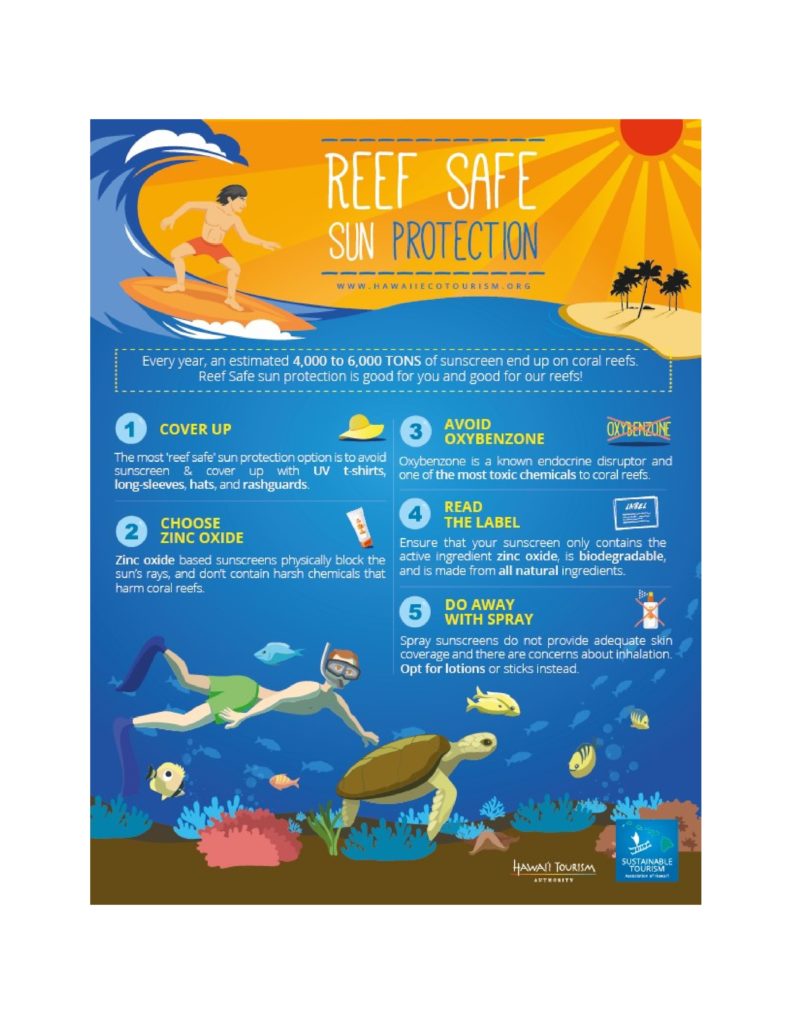
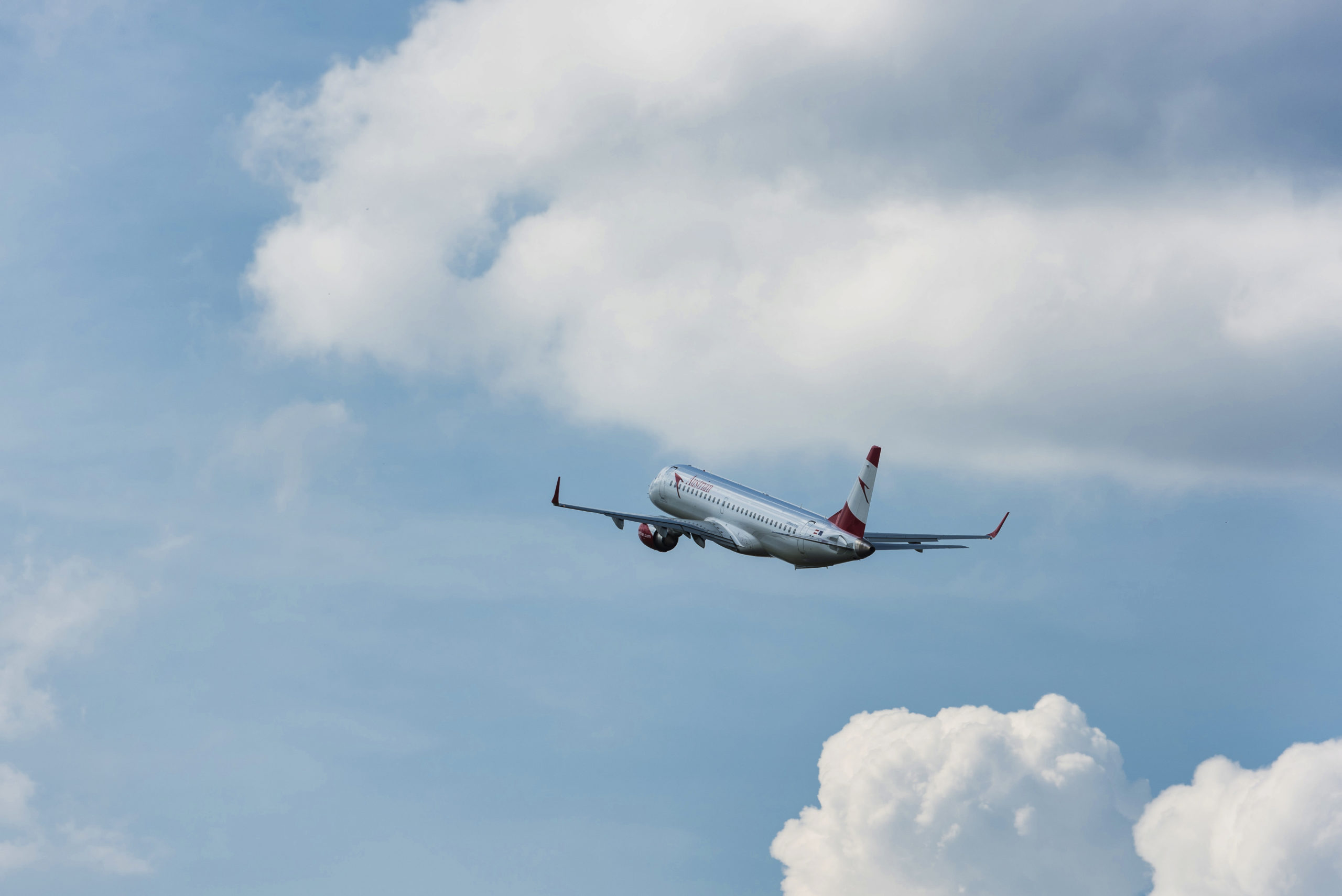
PLEASE NOTE: In yet another Mandate, the Governor of Hawaii has changed the 14-day quarantine to a 10-day quarantine effective 12/17/2020.
Please Note, the requirements for traveling to Hawaii and bypassing the 14 10-day quarantine have recently changed. On November 16, Governor Ige of Hawaii announced his 15th COVID-19
Emergency Proclamation and Mandate. Part of that mandate changed the requirements for trans-Pacific arriving in Hawaii and being able to bypass the 14 10-day Quarantine requirements. In the interest of accuracy, I’ve pretty much done a “Cut & Paste” of information from the State’s website and included links to additional information.
Aloha! The State of Hawaii Safe Travels Hawaii program is a multilayered process designed to mitigate the spread of COVID-19 in our community from trans-Pacific visitor and resident passengers arriving at airports/ports across the Islands.
This enhanced entry into Hawaii includes a pre-travel testing program, the Mandatory State of Hawaii Travel and Health Form, and temperature screening at all Hawaii airports upon arrival. TEMPORARY: On Kaua‘i, as of Dec. 2, 2020, all travelers must quarantine 14 10-days upon arrival with or without a test.
The state of Hawaii will ONLY accept Nucleic Acid Amplification Test (NAAT) from a certified Clinical Laboratory Improvement Amendment (CLIA) lab test results from TRUSTED TESTING AND TRAVEL PARTNERS.
A 14-day mandatory quarantine will be required for trans-Pacific travelers arriving WITHOUT a confirmed negative COVID-19 test taken within the 72 hours before departure of the final leg of their trip to Hawaii. Travelers will not be able to obtain a Nucleic Acid Amplification Test (NAAT) upon arrival at any Hawaiʻi airport.
All trans-Pacific travelers who board a plane on the final leg of their trip to the Hawaiian Islands without first securing a negative test will be subject to mandatory quarantine. Tests must be taken with trusted testing and travel partners with 72 hours of departure.
The negative test result must be uploaded onto Safe Travels prior to departure or printed out prior to departure and hard copy in hand when arriving in Hawaii.
Travelers without a negative test result before boarding the final leg of their flight MUST quarantine for 14 days or the length of their stay, whichever is shorter. It is important travelers consider the duration and considerable expense of possible quarantine before embarking.
Travelers from Canada and Japan may also bypass the State of Hawaii’s mandatory 14 10-day quarantine by securing a pre-travel test from a trusted testing and travel partner 72 hours prior to departure on the final leg of their journey to Hawaii. Travelers from Canada and Japan who do not secure a negative COVID-19 test BEFORE departure will be subject to the same mandatory 14-day quarantine regulation as other trans-Pacific travelers. The negative test result must be uploaded onto Safe Travels prior to departure or printed out prior to departure and hard copy in hand when arriving in Hawaii.
For travelers from Canada, please visit Air Canada or WestJet.
For travelers from Japan, please visit Hawaii Tourism Japan (Japanese).
At this time, there are no other enhanced entry options available for international travel.
Please click HERE if you would like to be directed to the Safe Travels Hawaii Overview.